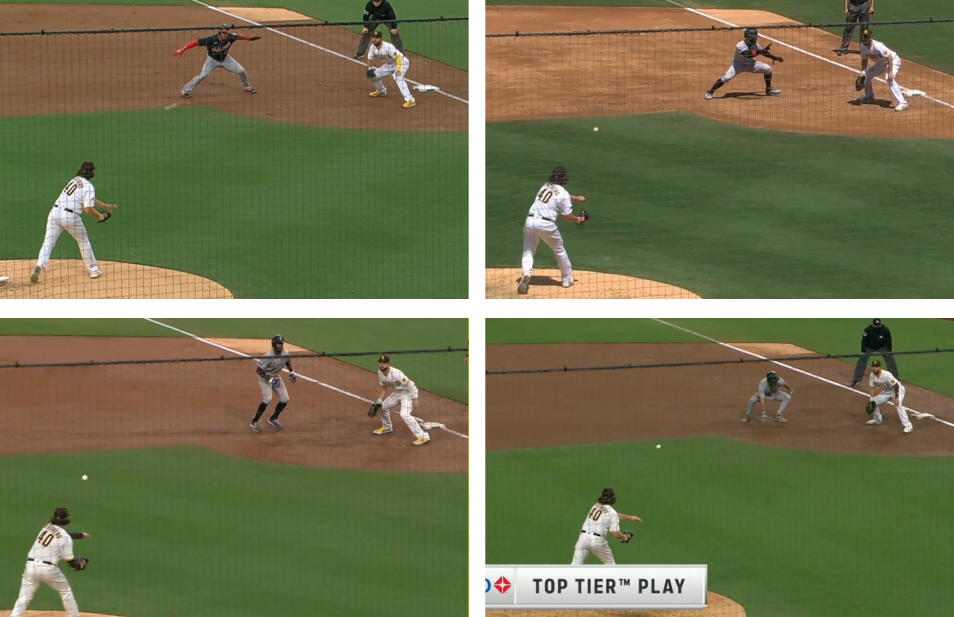2022 ZiPS Projections: San Diego Padres
After having typically appeared in the hallowed pages of Baseball Think Factory, Dan Szymborski’s ZiPS projections have now been released at FanGraphs for a decade. The exercise continues this offseason. Below are the projections for the San Diego Padres.
Batters
There’s no lying: 2021 was a tough year for the Padres, at least the last six weeks or so. As late as August 10, they were firmly in control of a playoff spot and, at 67–49, on pace for a 94-win season. The rest of the year was as brutal a run as I can remember for any team, certainly for one that had legitimate playoff hopes beforehand. Over the last 46 games of the season, San Diego went 12–34, the worst in baseball, even worse than the Orioles, who were nearly at the level of dragooning fans into throwing mop-up innings. Before the Friars, only one team, the 1986 Orioles, ever finished the season this poorly while winning at least 70 games. That was a team I remember well, being an eight-year-old in Baltimore at the time; it basically sent Earl Weaver back to retirement at a relatively young 56.
The good news is that the best reasons for liking the Padres before 2021 remain on the team. Fernando Tatis Jr. has the best projection for any player on a team run so far, by a two-win cushion, though this is partially thanks to ZiPS having anxiety about Mike Trout’s injury record in recent seasons and will change when the ZiPS for the Nats go public, but he is the foundation of this team, even if he eventually has to move to another position because of shoulder problems. Manny Machado is still in his 20s, Jake Cronenworth had a star-level season, and ZiPS thinks Trent Grisham will have a better 2022.
The bad news is that outside of Tatis, Cronenworth and Joe Musgrove, there are precious few Padres to feel clearly more confident about this time around, and they don’t have enough wiggle room to justify scraping by with holes at three of the four corner positions. San Diego appeared, late in the season, to realize finally that the Eric Hosmer situation wasn’t going to work itself out magically but still hasn’t committed to doing anything significant at first other than “insert coin to try again” like it’s 1993 and it just lost to M. Bison in Street Fighter II. That Nomar Mazara might be part of the left field mess if the season started today is not something a fan should be excited about. Wil Myers reverting to non-2020 form leaves right field as another weak spot, though it may be tough for the Padres to do anything here while also fixing first and left. And ZiPS sees no in-house saviors on the short-term horizon; ask me next year about Robert Hassell III.
Read the rest of this entry »

